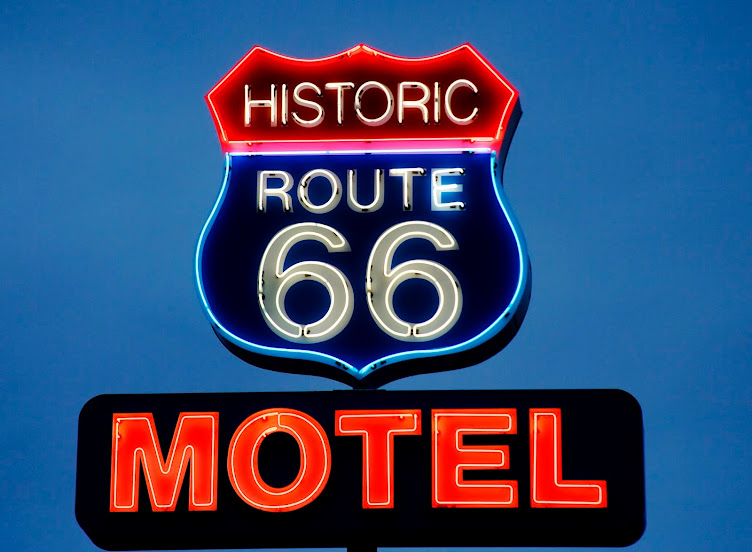Recently, James Patterson announced the sale of his new book that would self-destruct within 24 hours. The details were scant as to how, exactly, it would destroy itself, but the joke remains: "Don't we wish all James Patterson's books would self-destruct?"
The real issue here is the permanency of art. How long should it be around? How many times should the public be able to enjoy it before it returns to dust? If a sculptor creates a bronze bust of Edgar Allan Poe, they want the sculpture to last as long as possible and be enjoyed by everyone. If a sculptor enters a sandcastle competition on Siesta Key Beach, they know the public will only enjoy it for a weekend, tops. The same goes for sidewalk chalk artists. They have a few days or until the next hard rain or flock of loose-boweled birds fly overhead to have the world enjoy their art. No one could reasonably argue that the sculptor of bronze is more of an artist than the sandcastle sculptor or sidewalk chalk artists just because her art is more permanent.
Being a fiction writer and editor, I feel that books should be less permanent. Somewhere between 24 hour, self-destructing books and those we have with us from 2000 years ago, books should vanish back into dust. The ideas in the books and their characters should not go on living in the minds of readers, but the physical copy of the book should vanish sooner than later.
Of course many people see a painting or a bronze sculpture. But what about live art; performance art from playwrights and ballerinas? The consumers of this art buy a ticket, see the play and the art lives on only in the consumers' minds.
The businessperson inside me doesn't like selling one copy of a book that can be passed around for the next decade or two, falling in and out of the hands of hundreds of readers who have never paid me a penny for the entertainment they are about to enjoy. The money, these days, goes to Amazon and Ebay and a host of other online etailers that resell books--not the artist.
I wish (selfishly) that books were the same. If only an ebook could erase after one read and a physical book should self-destruct after one read, too. James Patterson should get to work on that issue. Meanwhile, I will keep slugging away at the keyboard.



